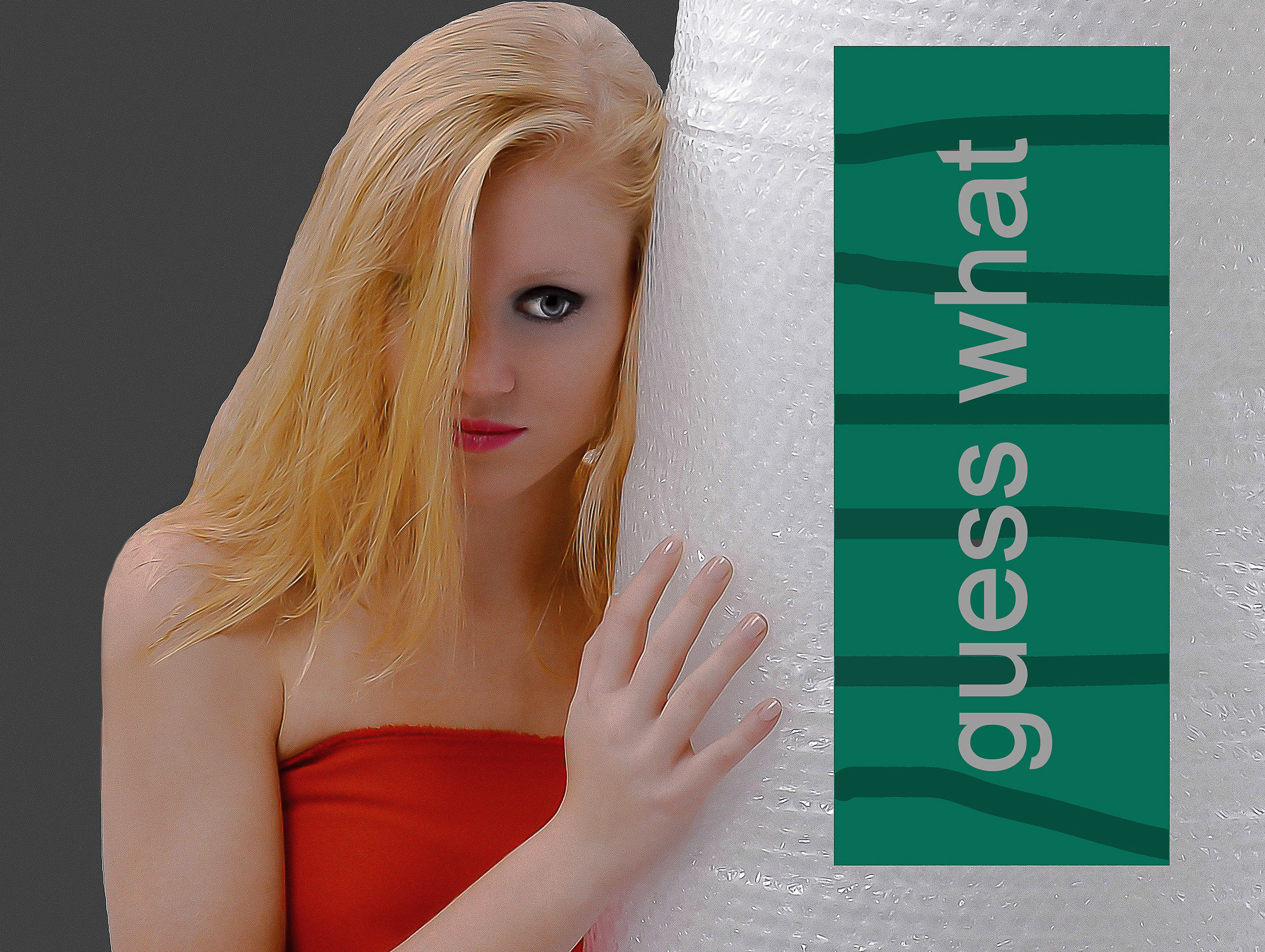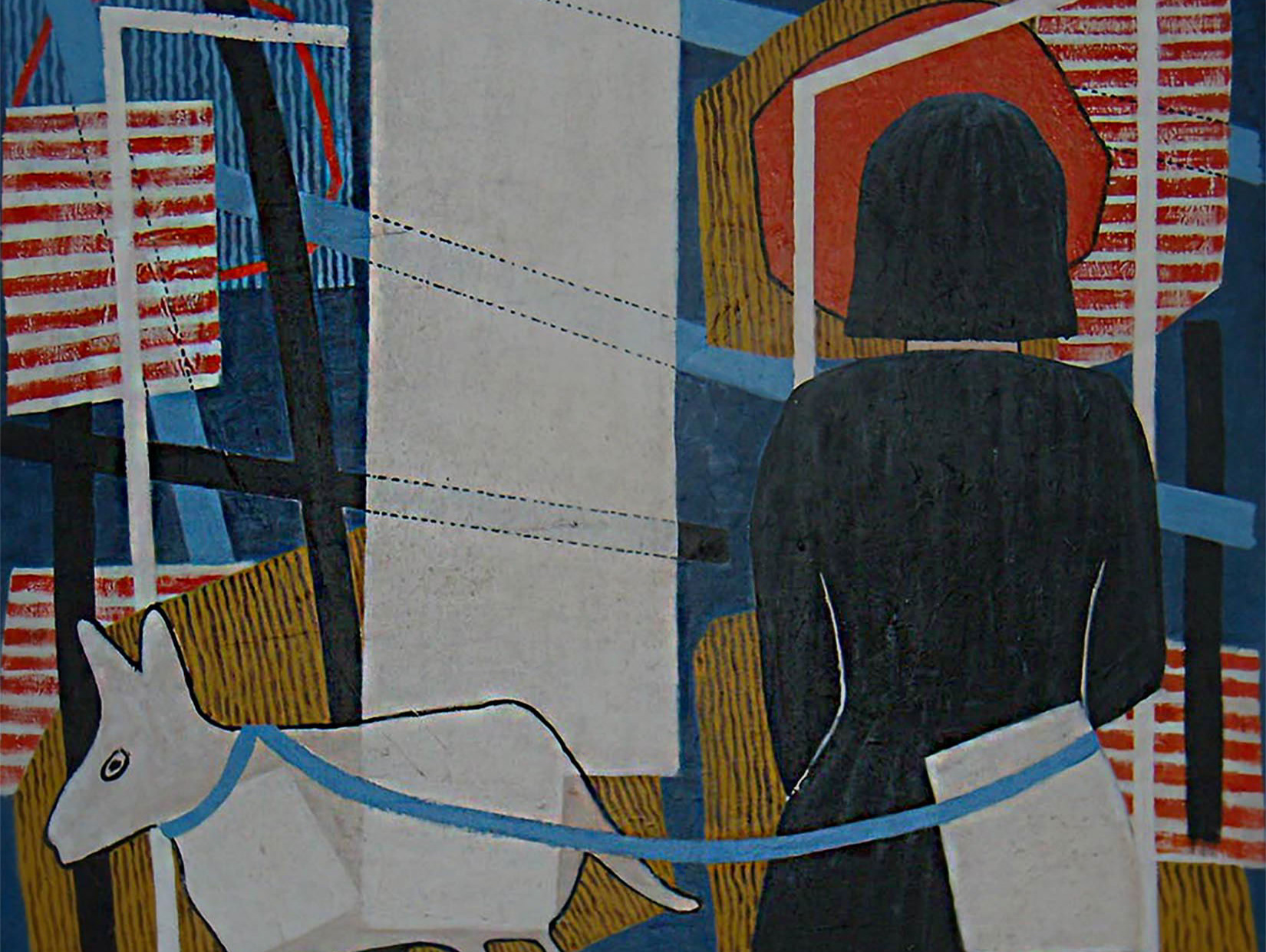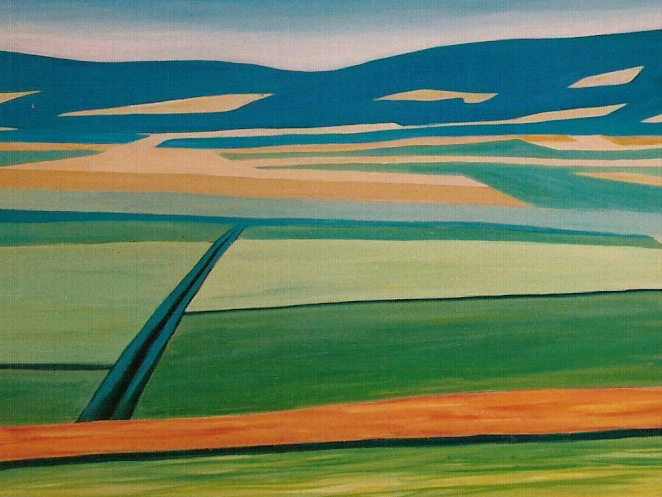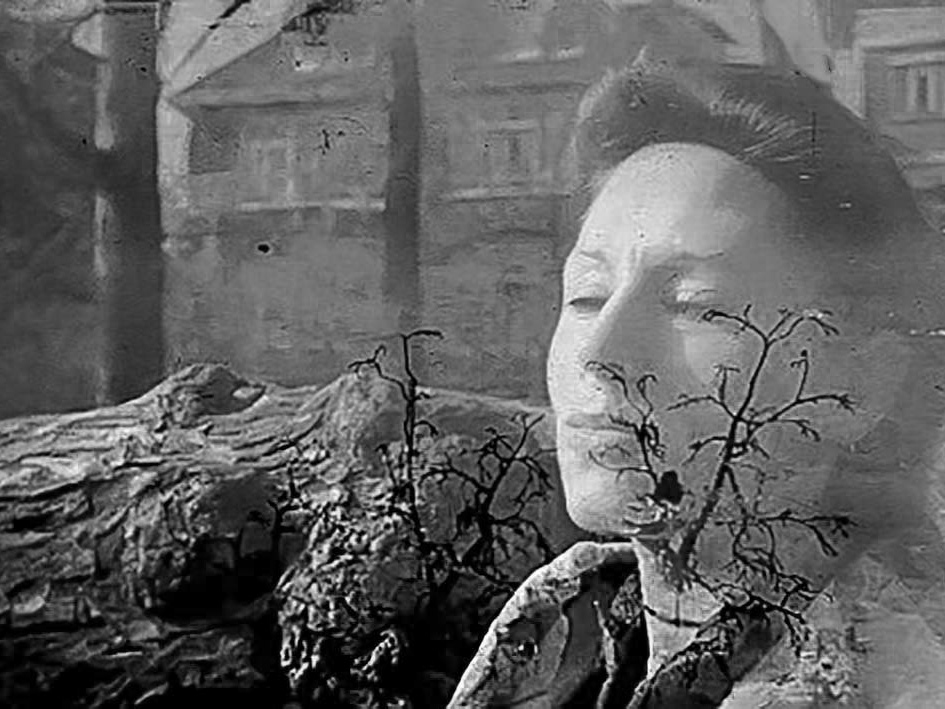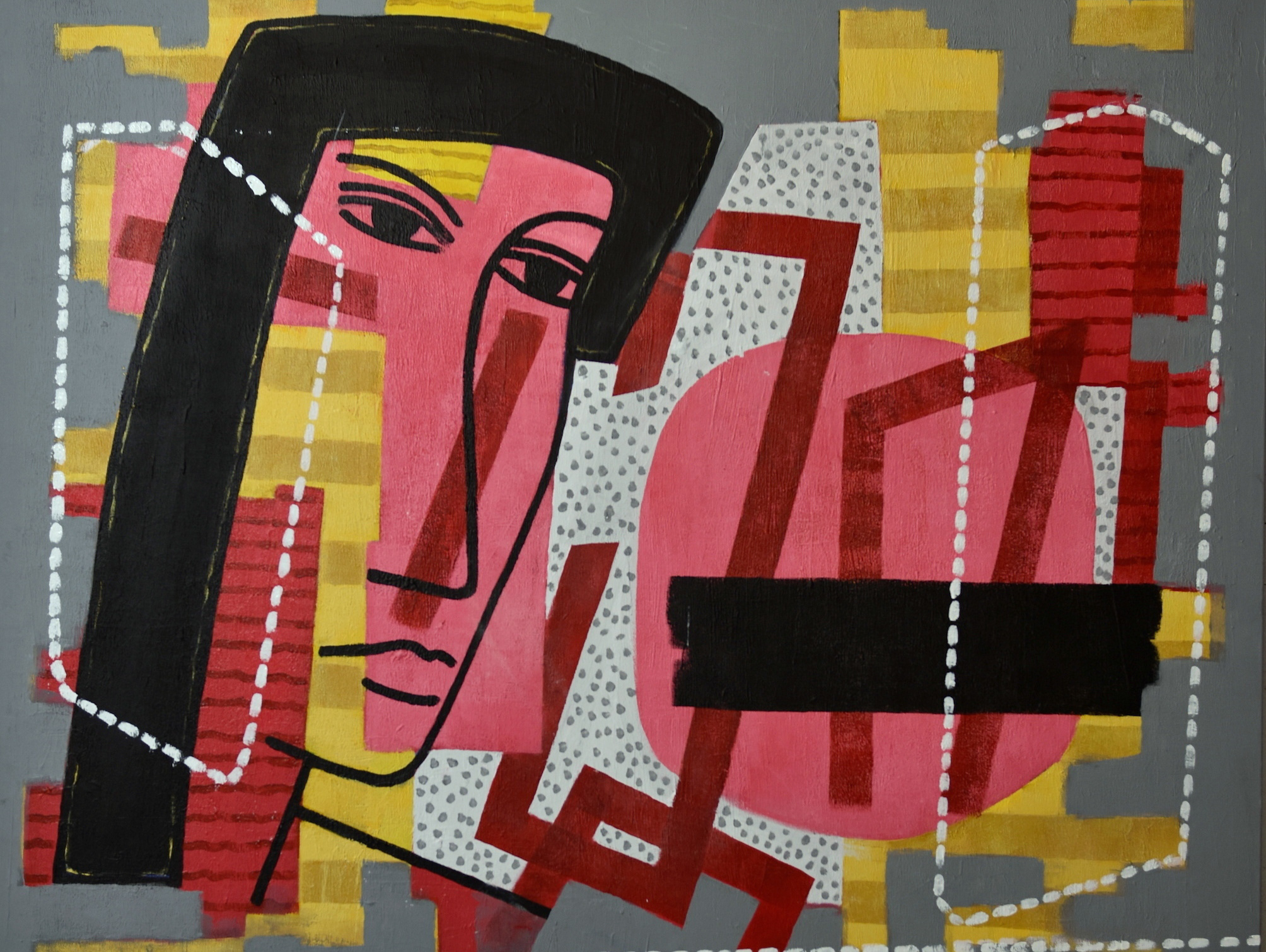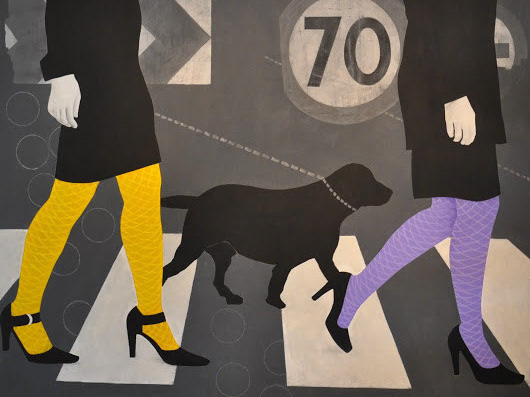CONTOURS
1994 . 1998
The artist, moved by eagerness and an assumed determination to innovate, committed himself to the usefulness and dynamics of the contours. Perceptible in Sandro Botticelli, abandoned in the Impressionism, and assumed in Picasso, Pintomeira gave it autonomy, liberating it from its mere frontier as outline function and from the eternal crutch serving the drawing, converting it in a dominant and imposing presence. . The outline handling in his figurative paintings and the obtained results made him believe that he was heading towards a new aesthetic and formal process around the figurative artistic expression. The contours got thicker, multiplied and lengthened, exceeding the borders of its conventional purposes.
THE ACTORS | acrylic on canvas | 135x125x2cm | 1997 | Private Collection
THE Family | acrylic on canvas | 165x125x2cm | 1994| Private Collection
Still Life | acrylic on canvas | 165x125x2cm | 1997 | Private Collection
THE PINK SONG | acrylic on canvas | 185x145x2cm | 1996 | Private Collection
THE couple and the Fish| acrylic on canvas | 100x90x2cm | 1995 | Private Collection
The Prince | acrylic on canvas | 60x50x2cm | 1996 | Private Collection
Contours | acrylic on cardboard | 75x48cm | 1993| Private Collection
Madonna | acrylic on canvas | 100x90x2cm| 1996 | Private Collection
The Dance | acrylic on canvas | 90x100x2cm| 1995 | Private Collection
The Prince | acrylic on canvas | 100x90x2cm| 1996 | Private Collection
The Lovers | acrylic on canvas | 1115x105x2cm| 1995 | Private Collection
The stting Woman| acrylic on canvas | 100x90x2cm| 1996 | Private Collection
The Renaissance Face | acrylic on canvas | 100x90x2cm| 1996 | Private Collection
The Sitting Woman| acrylic on canvas | 90x100x2cm| 1994
The Woman and the Fish | acrylic on canvas | 100x90x2cm| 1996 | State Art Collection
The Sitting Woman | acrylic on canvas | 100x90x2cm| 1995
Maria Magdalena and the Third Fall | acrylic on canvas | 100x90x2cm| 1996 | Private Collection
Maria Magdalena and the Crucifixion | acrylic on canvas | 100x90x2cm| 1996 | Private Collection
Still Life | acrylic on canvas | 100x90x2cm| 1995 | Private Collection
The Sitting Woman | acrylic on canvas | 125x9115x2cm| 1994 | Private Collection
The Dancers | acrylic on canvas | 100x90x2cm| 1995 Private Collection
The Dancers| acrylic on canvas | 90x100x2cm| 1992 | State Art Collection
The Pieta | acrylic on canvas | 90x100x2cm| 1997 | Institutional Art Collection | Museu Pio XII
Young Girl at Sunset | acrylic on canvas | 100x90x2cm| 1992 | Private Collection
The Encounter | acrylic on canvas | 90x100x2cm| 1993 | State Art Collection
Model on the Catwalk | acrylic on canvas | 100x90x2cm| 1995 | Private Collection
The Lovers | acrylic on canvas | 146x135x2cm| 1998 | Private Collection
The Kiss | acrylic on canvas | 100x90x2cm| 1995 | Private Collection
The Bride | acrylic on canvas | 100x90x2cm| 1992 | Private Collection
The Woman and the Fish | acrylic on cardboard | 58x75cm| 1995 | Private Collection
Two Women | acrylic on cardboard | 58x75cm| 1995 | Private Collection
Three Contoured Faces | acrylic on cardboard | 90x75cm| 1995 | Private Collection
Girl Laying on the Sofa | acrylic on cardboard | 58x75cm| 1995 | Private Collection
Contoured Face | acrylic on canvas | 125x115| 1995 | Institutional Collection
The Woman and the Dog | acrylic on cardboard | 58x75cm| 1995 | Private Collection
Dog on Blue | acrylic on ccanvas | 125x115cm | 1995 | Private Collection
Woman Laying in the Sun| acrylic on cardboard | 75x55cm| 1994| State Art Collection
Contoured Face | acrylic on cardboard | 90x75cm| 1995 | Private Collection
Girl on the Couch | acrylic on cardboard | 75x55cm| 1994 | Private Collection
Madonna | acrylic on cardboard | 75x55cm| 1994 | State Art Collection
Contours | acrylic on canvas | 100x80cm| 1995 | Institutional Art Collection
TContoured Face | acrylic on cardboard | 90x80cm| 1995 | Private Collection
Contoured Face | acrylic on canvas | 60x50x2cm| 1997 | Private Collection
Contoured Face | acrylic on canvas | 60x50x2cm| 1997 | Private Collection
Contoured Face | acrylic on canvas | 60x50x2cm| 1997 | Private Collection
Contoured Face | acrylic on canvas | 60x50x2cm| 1997 | Private Collection
Contoured Face | acrylic on canvas | 60x50x2cm| 1997 | Private Collection
BlueFace | acrylic on canvas | 90x90x2cm| 1997 | Private Collection
Girl and Cat | acrylic on canvas | 90x75x2cm| 1997 | Private Collection
Contours
Donald Meyer
Writer | Art Critics
During the 70'st decade, living already in Amsterdam, in the Netherlands, Pintomeira would send to some of his friends, letters that came to be known as “Condemned Letters.” On one of those letters, he stated:
“…Here I am, expectant before a blank linen-canvas! Dead texture, waitingt for vivid convulsions. Here I am, ecstatic, as a profoundly opened water tap, spouting curvilinear beauty, in a spiral shape, through brushstrokes of oval exaltation.
Ah! giant sarcasm, irony, like a fast paced train, svelte, close to derailment. Discovery, like a drifting boat, docking at unknown harvours. I shall rummage and poke the stone till it unveils its new shape. I shall wear the spanish boots which proved being so useful for the sacred dance, after the crazy spring time, on the table of delight, hoping for the warmth of the summer sunshine.
Nothing so glorious or sublime was ever created without exaltation and passion! Never puritan, I celebrate the New Idea. I raise my glass and drink to my continuous state of rebirth. Therefore, I dissipate the mist and illuminate the space between me and the candid linen-canvas, to feel the brush’s work, the pigment’s aroma and the ecstasy of colour and shape. After that, there is nothing that wouldn’t spout out of my entrails to the blue parlour of my unconsciousness”.
Back then, Pintomeira would find himself in his surrealist period, initiated, a few years ago, in Lisbon. His restlessness and impetuosity searching for a new style appeared obvious.
In the U.S.A. and Europe, were in vogue, at that time, the most diverse tendencies and movements. From Pop Art and Photo Realism to New Expressionism, “Joseph Beuys” as well as New Figurative style. Modern Art seemed to have achieved the peak of its vitality and expansion, already giving away signs of saturation. The newborn post modern or contemporary art would nourish themselves from revivalisms in order to grow and bursting, later on, on installations, video art and kish sculptures.
Pintomeira would separate himself from the established groups and would go on a non-aligned, disconnected search. Inside the catalogue of an already realized exhibit, end of the 1970's, in Paris, Galerie Entremonde, (signing yet Pintorosha) you could read:
“…Space, shape, colour and light, meet in a mannerist way into the surreal world. Mannerism and surrealism look at each other through the same mirror, looking for the convulsive beauty of Breton. The fantasy is libertine in essence and the rhythmic harmony of the composition, smoothes the space between author and spectator.
…shape and beauty are now reborn, for the birth of the new style. Inside the unconscious blue parlour of the psychic automatism from André Breton, are dancing now the nonconformity of Masaccio, the insolence of Michael Angelo and the restlessness of Pontormo, to witness the festival of fortuitous encounters, on top of an surgery table, of a sewing machine and the Lautreamont umbrella.
I stand up against the mechanical-lazy expression, against the heavy sleepiness and the lack of imagination and creativity in the art world in my generation. Half a century after the surrealist revolution it is time to autopsy the moribund art bladder”.
…Salvé Minerva, my lover, take my bed of fresh grass and throw into the semen of my senses the seed of Neo Mannerist vegetation. If the spring season you’re handing me, doesn’t exacerbate and exalt my spirit’s will, I will end up being buried in autumn, by the sound of harps which I pictured accompanying the rebirth of the harmony and the convulsive beauty’s cult of surreal mannerism.”
This text is his requiem for his surrealism, after attempting giving him another bed for new and profound dreams inside the sleeping train compartment where art was travelling rapidly, to ovulate an anarchy of styles, to the desert of imagination, on its way to the trading and speculative markt euphoria of the 1980's contemporary art.
Pintomeira is now introducing some of his most recent work. As already stated inside the catalogue accompanying his last exhibition, the artist keeps on showing his clear separation from the main tendencies. Following a nonaligned path, he introduces Contours. The contour, the element that overcomes its practical purpose, revealing its widening, lengthening and multiplication, is now born as its own autonomous space. Its influence into the work progression, becomes preponderant. Its presence is visible and obvious. Although always faithful to the figuration, between these lines and features, are characteristic elements of abstraction and graffiti.
The word contour has differentiated meanings, utilizations and qualifications. In the works that make part of this new proposal, the contour is never more the thin outline from the academic drawing and transforms itself into a large trace, in an area that situates itself between the figure, the objects, even the spaces, not being anymore the frontier that separates its interior from the contiguous exterior. The contour loses its classical purism and rigour, in its significance as in its finality, rebelling itself to demand and attaining its autonomy. That thin outline that always defined what was behind and beyond, appears now, on the works of this artist, as a bulky and dominant trace, owner of its territory, not serving to define exteriorly the figure or the object but, transforms itself in a body, reclaiming its own border line in order to consider itself a relevant space in the context of the pictorial composition. The contour acquires the status of a form in this new aesthetic composition and goes to appropriate, little by little, a territory that never belonged to him.
After a new observation, we noted that this bulky outline, rejects solitude and multiplies itself, duplicating and triplicating, expanding its territory and assuming its place and relevance in the aesthetic and formal construction of the artwork, as we can see in Contornos 20. On the other hand, this contour does not only fill the place around the figure or the formal space, but, evidencing an impressive dynamism and vigour, enlarges, branches out, and propagates itself to beyond this place and reaches the physical frontier of the representation.
Brush writing is profoundly personal and invites the spectator to browse through all these dense contouring lines, giving you the possibility to contemplate the figure or object, inside the peripheral comfort of an amphitheatre, and offering you the opportunity to be part of the representation. Rigorous, almost arithmetic, in all of these lines and outlines, increasing a preoccupation regarding the search of a harmony, that softens and tranquilises a more dramatic observation of memory. However, this rigorous approach, in search for balance, doesn’t mean austerity or lyrical imprisonment. He is, here, in a fairylike euphoria decorating a blues aiming to become a “pink” happy ending. This linear exuberance, these thick crossing and connecting contours, leading to new areas, to a static staging, or inspiring movement and rhythm to a depurated figuration. offering a dynamic and entertaining atmosphere
It might, certainly, lead us to think that, sometimes, this confusing medley of lines were drawn arbitrarily, ruled by automatic gestural. Nothing so misleading. They are the fruit of a rational construction. Eliminating some lines and rethinking others, they are, in some cases, measured by millimetre or weighted to the gram, reminding us the meticulous and rational work that Mondrian invested in his compositions.
Lots of these thick lines are the extension of the repetitive outlines, outside of its practical area; others appear to be a counterweight in the lengthy search of balance or a meticulous arrangement. This is so obvious that, if it was possible for the spectator to withdraw the figure or object from the representation, another work would appear, autonomous, with its own plastic expression but, now, already into the world of abstraction. By considering that this renewed and refreshing vision about the contour, introduces and brings, to the painting area, a different aesthetic conception and an original plastic expression, all this encourages me to declare that, in the golden times of the modern art, when we observed a proliferation of styles, tendencies, movements, groups and manifests, this innovating artwork, could, then, be denominated and perpetuated as the “contournism.”
This theme named Contours, extending itself along the nineties decade (1992-1999), represents an ensemble of about eighty works, in its majority, acrylics on canvas and some acrylics on paper. It is, predominantly, a figurative work, strongly stylized and depurated and it was, never there, the preoccupation to incorporate any message or to attach any symbolism.
The shapes that prevail for their depurated and elementary state, are also integrated into a simple composition, being mainly, the colours, brought in complementary contrasting that bring all their exuberance and vivacity to this artwork.
However, observing, his most recent artworks, this exuberance of outlines and colours seem now more restrained, bringing its representation to a stage closer of the spectator.
New elements and other shapes make their appearance in a new composition. The appearance and integration of colour, conciliates and harmonizes itself to celebrate a new way that we feel is coming soon and is strongly present in this last works O Mês da Cerejas (The Month of Cherries), A Hora da Merenda (Snack Time). Those voluminous contours, so domineering and omnipresent that made their way provoking and seducing the spectator, are claiming now for a new configuration. The autonomy and the territory they fought for and they acquired, have never had the seal of eternity.
Pintomeira keeps on going, celebrating the new concept. He also keeps on rising his cup to his continuous rebirth. He is the artist always faithful to his signature, but he is not willing to repeat himself eternally.
Donald Meyer
Writer | Art Critics
